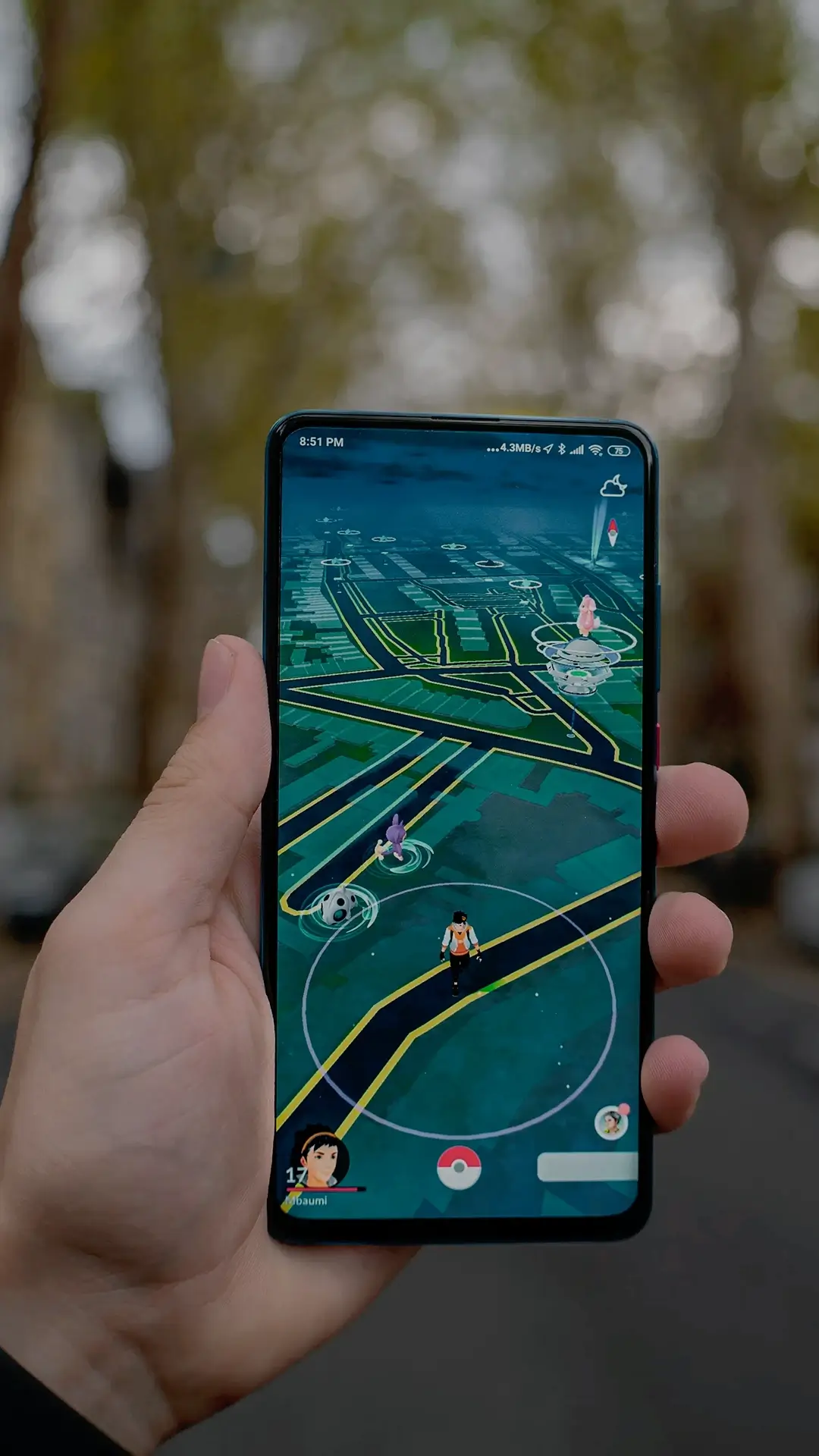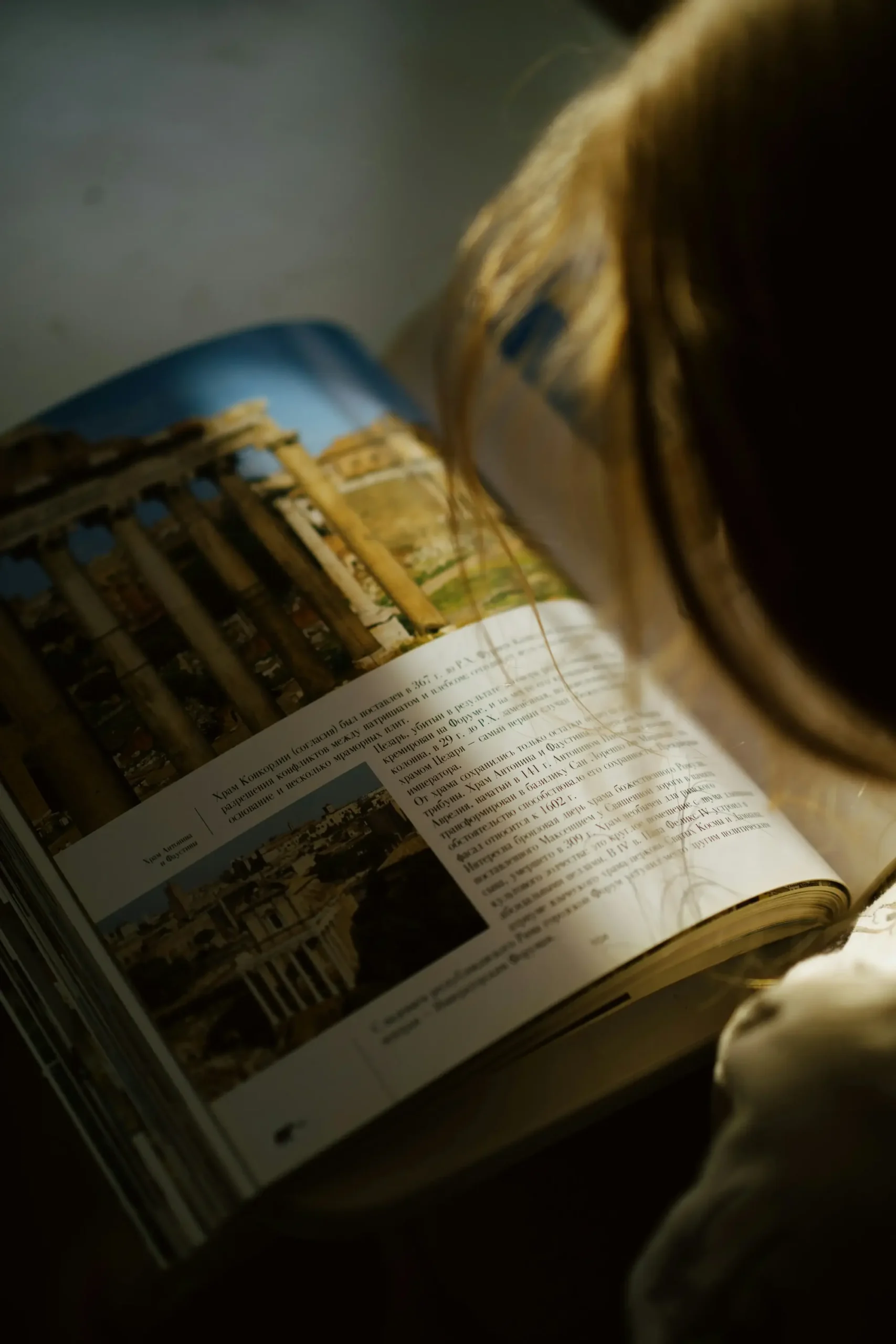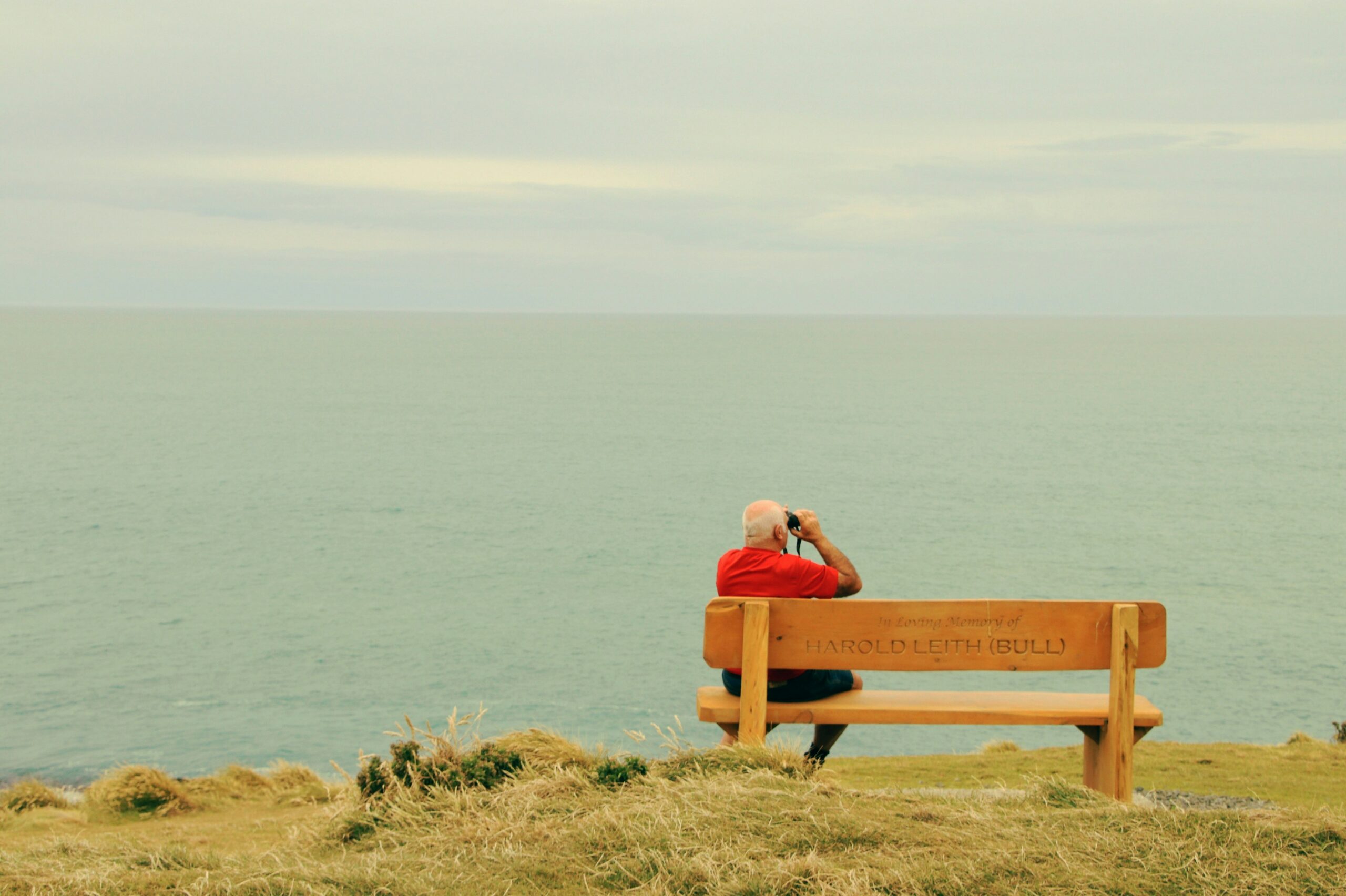It starts with a plan—a dream of cobbled streets, sunlit coastlines, or hidden mountain trails. You pick up a travel guide, flipping through pages of must-see landmarks, top-rated hotels, and carefully mapped itineraries. It has everything you need to navigate your trip.
But what if your journey wasn’t just planned, but truly experienced?
The little café where the barista remembers your order by the second morning. A detour down an unmarked alley that leads to the best seafood of your life. The perfect sunset spot—not the one from every “top 10” list, but the one that feels like it was waiting just for you.

One user lands on a site and clicks instinctively, bouncing from page to page. Another pauses, scans, hesitates—uncertain where to go next. One dives deep, adjusting every setting, testing every feature. Another just wants a straight line to their answer—no distractions, no detours.
And yet, these are not fixed identities. A single user shifts personas throughout the day. The browser at breakfast becomes the power user by noon. The hesitant first-timer today is the expert tomorrow. Needs, goals, and mindsets evolve, reshaping how they interact with a product.


A product must work. That is the baseline.
A ride-hailing app finds you a car. A food delivery service brings your meal. A banking platform moves your money. That is the core experience.
But function alone does not build loyalty. It does not set brands apart.
The difference lies in how the experience unfolds.
When an interface feels “effortless,” it is not incidental; it is the product of behavioral insights, cognitive psychology, and micro-interactions engineered to guide attention fluidly.
Consumers do not always make conscious choices. The strongest digital experiences shape behavior, turning intent into action.
Every element of a product experience influences decisions—positioning, urgency cues, familiar signals. A seamless journey reduces friction, making the next step feel natural. When design anticipates intent, actions happen instinctively.
Winning brands do not leave conversion to chance. They use behavioral insights to create interactions that feel intuitive, inevitable, and effortless.
Think about your last online purchase. Did you decide – or did the design within the design decide for you?


You open Wikipedia. You need an answer. You type in the search bar.
Scan the introduction. Click citations. That is active processing. You are deliberate and focused, searching for specific information.
But soon, you are somewhere else. A blue link caught your eye. Then another. Now you are deep into a topic you never planned to explore. That is passive processing. No conscious intent—just effortless discovery guided by structure.
A good information architecture serves both kinds of users.


We’d love to hear from you!
Please enter your contact details if you want to know how we can help your business through strategic research, UX/UI design, or brand innovation.
